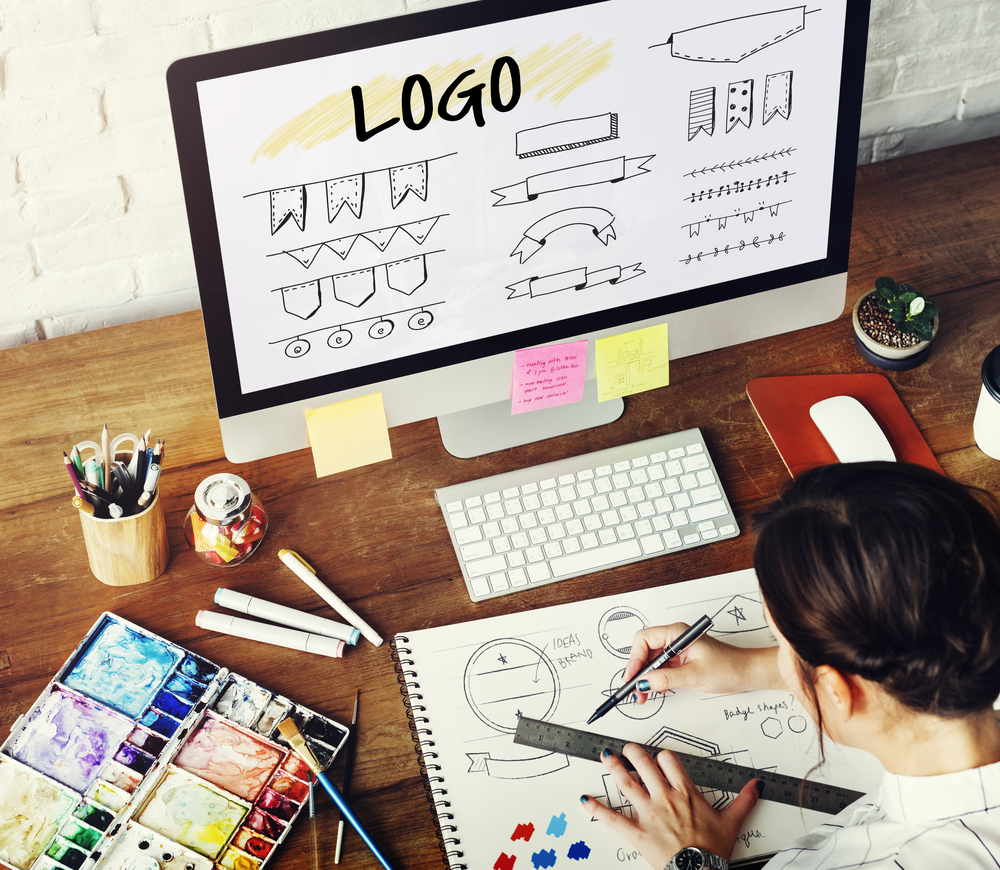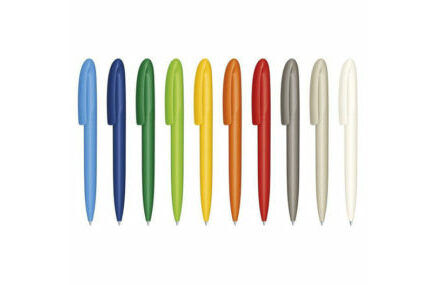-
Free Visualwith every order
-
Low Minimum Orderstarting at just 50 units
-
Easy Artwork Uploadall formats accepted
-
Free Artwork AssistanceFrom our in-house team
How To Design Your Company Logo
Creating a logo for your company is one of the most important tasks you will have at the start of your venture. It will need many hours of time in the planning and execution, finalising every small detail that goes into it.
A logo will represent your brand going forward, so it must be able to convey a message about your business in only a small amount of space. Potential customers will be able to tell if you have rushed the design or have copied another logo, so take care to make sure that it is unique and your own idea. This will ensure that you never have a copyright issue on your hands.
We have put together a few pointers that can help to guide you in the right direction when designing your company logo.

Represent your brand
Try to choose components that tie into your business somehow. This could be a colour, a symbol or an image that people will come to immediately recognise as yours. For instance, if your business is dog grooming, perhaps an image of a dog head with your company name underneath. Focus on words that mean something, no fillers, just something that describes the nature of what you are offering. This could be anything from fast and cost effective, to reliable and cruelty free.
Keep it short and punchy if you are adding extra text in addition to the company name. Too much and the logo will quickly appear to be too cluttered and the impact of the design will be lost.
Keep it timeless
You must keep in mind that you may need to redesign and reprint your logo at some point in the future, as businesses change and develop through the years. As far as possible keep the logo timeless, so that a redesign can happen much less often. Larger businesses will have a bigger budget so can afford to go through this process more often, yet it is still a large chunk of marketing money that could be better used elsewhere.
Use a clear, uncomplicated font on your text and refrain from using an image of a character that is relevant now, only to become obsolete in a year or so.
Think about where it will be seen
If your logo is being designed for multiple purposes, try to imagine it in a variety of sizes and on different objects. For instance, what may look fantastic on a promotional pen, might look wrong when scaled up onto a billboard or poster. Colours may look very different when placed in a variety of areas too, so this may need to be revised until you find something that works for every need.
Once you have a draft of your logo, it will be important to get a wide range of opinions on how it looks, how it is understood and if it is memorable. It may be tempting to disregard opinions that do not match your own, but this is a risky move. You will see your logo through the eyes of someone who has worked long and hard to create it, but a panel of people who do not work for you will see it from a customer point of view and will be honest about what they think. At the end of the day a customer's opinion will be the most valuable, so take their ideas on board and see if you can incorporate them into your final design.


